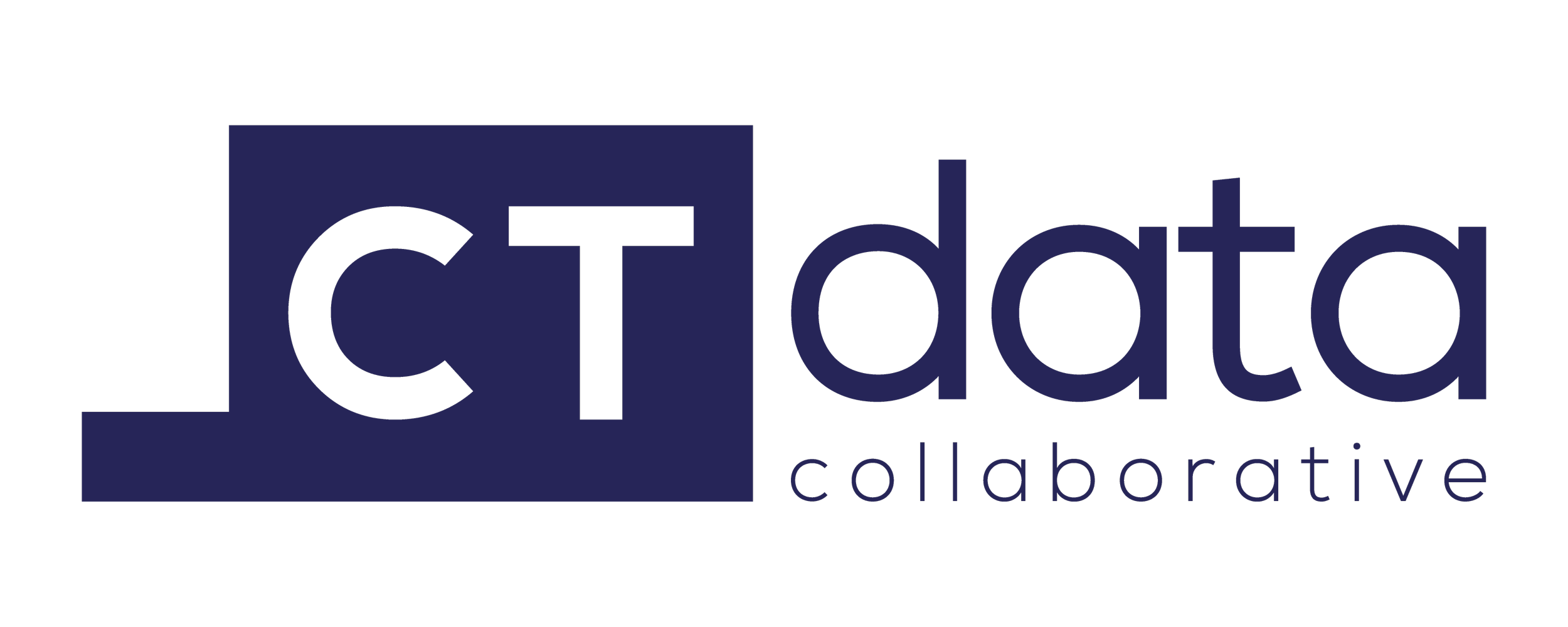Census 2020
Want to Receive Census Data Updates?
Sign up here to receive updates about resources, analysis, and tools with the most up-to-date census data.
Every ten years the U.S. Census Bureau conducts a census of the population of the United States. The decennial census began in 1790 and each census involves years of planning to ensure a successful and complete count. This page includes details on the 2020 Census activities, training, and resources for communities—Connecticut specific resources as well as resources developed by national partners.
Connecticut received $18.7 billion from the federal government during Fiscal Year 2017 based on the counts from the decennial census according to a George Washington University report called, "Counting for Dollars 2020: The Role of the Decennial Census in the Geographic Distribution of Federal Funds." Read more about the funding allotted for specific programs in Connecticut.
Read about Why a Fair and Accurate Census Matters to Thriving Private and Public Sectors.
Research on the fiscal impact of the Census 2020 to rural areas in Connecticut found that $143 million were distributed through six programs in FY16.
Check out answers to Frequently Asked Questions about Census 2020 here.
Census 2020 “Be Counted” Flyers
“Be Counted” flyers provide tailored information for households that do not have easy access to the Internet. Click on the image to access a printable PDF to distribute to those you serve.
Census 2020 Events
If you’re looking to gain more information about Census 2020 or to connect with others involved with efforts to count everyone in Connecticut, find an event on our Census 2020 Calendar.
If you’re looking for resources from our Count Me In events, held across Connecticut in January, you can find them on this page.
Census 2020 Resources
Low Response Rate Handouts
Because this year will be the first time most people in Connecticut will be invited to respond to the census via the Internet, we have created handouts for the areas that have low initial response rates to census surveys. We hope this will help those who serve in these areas to better understand how and where they can focus their efforts to encourage a complete count.
ROAM
The Response Outreach Area Mapper (ROAM) “was developed to make it easier to identify hard-to-survey areas and to provide a socioeconomic and demographic characteristic profile of these areas using American Community Survey (ACS) estimates available in the Planning Database. Learning about each hard-to-survey area allows the U.S. Census Bureau to create a tailored communication and partnership campaign, and to plan for field resources including hiring staff with language skills. These and other efforts can improve response rates.”
Initial Contact & “Hard to Count” Map
This is the first year that we will be able to complete the decennial census online. Because of low Internet access in some locations, some households will still receive a paper form in the mail in one or multiple languages. Use the Hard to Count 2020 map to learn how households in your census tract, or the census tracts that you serve, will be receiving the invitation to respond to Census 2020.
Posters
Across the nation, the Census Bureau is bringing together Complete Count Committee representatives, municipal readers, grassroots organizations, designers, content strategists, and media experts through Create-A-Thons to develop materials to reach under-counted communities.
Library Resources
As part of their work with the Norwalk and Bridgeport Complete Count Committees, Norwalk 2 Bridgeport (N2B) is working with local libraries to provide a 2020 Census bookmark with every book that is checked out letting library patrons know that the census is safe, easy, and important. You can download the bookmark in English and Spanish.
The American Library Association also released a guide with additional ways that libraries can be involved in the census.
Social Media Resources
Download social media graphics developed by the US Census Bureau, or find other social media materials you can post to on any of your social media platforms.
Complete Count Committees near you
An important way for you and your organization to get involved with Census 2020 is through joining or forming Complete Count Committees. Check out this map to find one near you or to learn how you can start one.
Educator Resources
Do you work with students? The Census Bureau has developed free activities and tools to help you engage your students with census data. To raise awareness about the 2020 Census, consider:
Posting social media content about the 2020 Census
Including the bookmark (see above) with all books checked out of the school library
Sending out an announcement to caregivers by mail and/or your electronic parent notification system
Host a Census 2020 night at your school during which caregivers can use school computers to complete their census form
Resources for Specific Ethnic Groups
If you work with specific racial or ethnic groups, there may be resources that can help you reach out that are culture and language appropriate for your group.
NALEO Educational Fund provides resources for Latino groups including videos, op-eds, community resources, and resources for elected officials.
Funder Resources
The Funders’ Committee for Civic Participation and United Philanthropy Forum developed a Menu of Options for Funders to participate, convene, and invest in the 2020 Census.
Nonprofit Resources
The Connecticut Nonprofit Alliance developed a Census 2020 Toolkit that outlines the census timeline and ways to get involved in the process to ensure a complete count and funding for essential services and programs.
Census Jobs
Apply online now for Census 2020 job openings in the Spring (2020census.gov/jobs) or call (1-855-562-2020).


